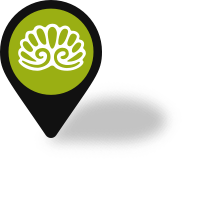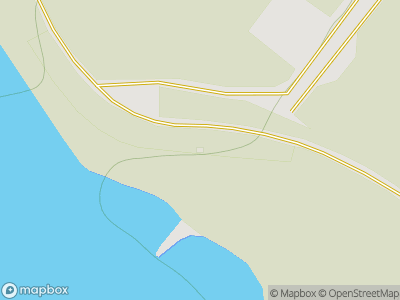In March 1945, the Allies headed for Berlin. They crossed the River Rhine in a number of different places in Germany, but the British and Canadian units made a U-turn back towards the Netherlands. An enormous military force mustered near Westervoort, where the troops eventually crossed the River IJssel towards Arnhem, instigating the liberation of the Veluwe region.
Crossing the Rhine
The allied attempts to conquer Arnhem seemed to be cursed. First there was the failure of Operation Market Garden in September 1944. Then on 2nd April 1945, the Allies tried to cross the Rhine from Driel in the Betuwe region, but the German defences on the other side of the river were very much on the alert, and the plan was aborted: the second time Arnhem was forced to wait for liberation. On 8th April, the allied troops moved to the east and crossed the Rhine, and into the Achterhoek region, using the pontoon bridges at Emmerich. This time, rather than coming in from the south, they came in from the east. It marked the start of Operation Anger, and the liberation of Arnhem.
The IJssel bridge
Meanwhile, the German army had blown up the IJssel bridge between Arnhem and Westervoort and had entrenched themselves on the other side of the River IJssel, in Fort Westervoort and around the AKU artificial silk factory. The allied military force that was gathering well out of sight, near the village of Westervoort, was tremendous. Thousands of vehicles waited on the embankment by the bridge, ready to cross the river. Then on the evening of 12th April, the English artillery with hundreds of canons, starting firing at the German positions around Arnhem.
Liberating Arnhem
The Allies put up a smoke screen to help them cross the River IJssel undetected. The first troops crossed in boats and amphibious vehicles, and constructed a bridgehead on the other side. The German positions in Fort Westervoort soon surrendered, whilst the fighting at the AKU artificial silk factory, on the other hand, was extremely fierce and many were killed. Within fewer than 11 hours, the Allies had constructed the temporary bridge that had been shipped in from Doornenburg. The mass of tanks, carriers and armoured cars that had collected on the embankment was given the green light. On 14th April 1945, after heavy fighting, the Allies finally siezed control of Arnhem, and took the liberation of the Netherlands into its final phase.


















